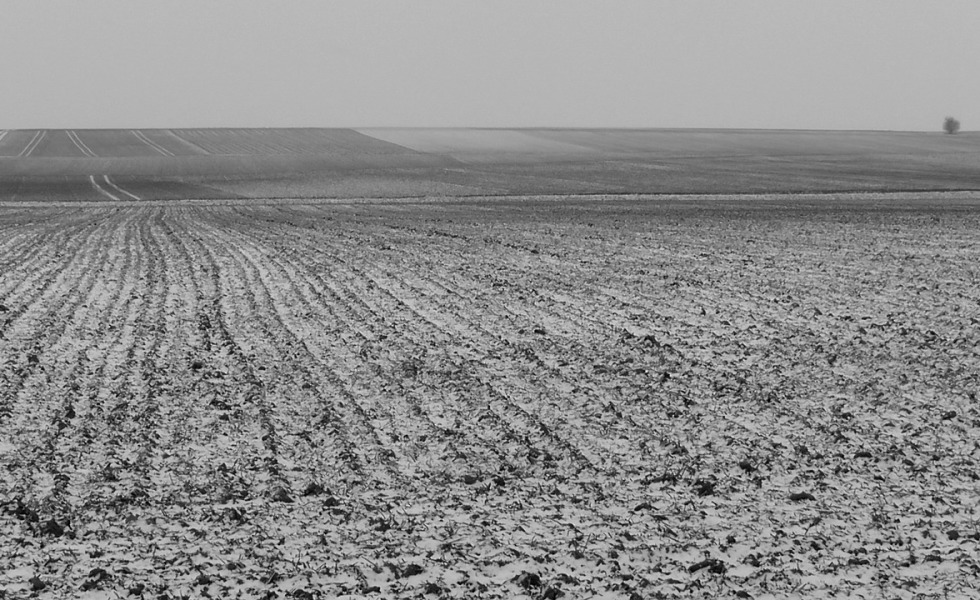The New Ag Alchemy: Gold from Gas
Posted on February 11, 2022

The biggest gold rush in U.S. history is about to hit rural America and it won’t involve corn or cattle or even gold. Instead, the big money will be in pipelines.
That’s right, pipelines; pressurized carbon dioxide (CO2) pipelines designed to carry CO2 from Midwestern ethanol plants to “sequestration” sites in either North Dakota or Illinois.
Itchy investors are already lining up to tap these veins of climate-changing CO2. Amazingly, three–multi-billion dollar pipelines have been proposed to cross Iowa to carry CO2 from more than 40 ethanol plants in six states–Illinois, Iowa, Nebraska, North and South Dakota, and Minnesota–to sequestration sites.
All will be expensive. One pipeline proposal, called Navigator CO2 Ventures, will cost an estimated $2 billion to bury 1,300 miles of pipe to carry 15 million tons of CO2 per year from the Midwest to North Dakota.
Another, announced Jan. 11 by Archer Daniels Midland, will run 350 miles to connect ADM’s Iowa and Illinois ethanol plants and terminate in Decatur, IL where it will deliver 12 million tons of CO2 per year to be stored almost 8,000 feet underground.
The third–and most controversial–is planned by Summit Carbon Solutions, an Iowa company with deep ties to former Gov. Terry Branstad, the recent U.S. ambassador to China, and Tom Vilsack, also a former governor and current U.S. secretary of agriculture.
(In mid-December, Branstad wrote a blistering letter, on Summit letterhead, that attacked pipeline critics as “not friends of Iowa or its farmers.” On Jan. 5, Mother Jones reported that Secretary Vilsack’s son, “veteran corporate lawyer Jess Vilsack, took a job with an Iowa outfit [Summit] that could cash in from” his father’s influence on White House climate change policies.)
Each builder claims its pipeline will create “permanent” jobs but as if to showcase just how fluid the underlying math is to any “carbon capture and sequestration” (CCS) scheme is, those numbers vary from as small as 50 to as many as 460.
An even bigger question is what pipeline builders will do with their carbon once it is transported to its sequestration site. All, like Summit, say the CO2 will be “permanently and safely stored underground in deep geologic storage rooms.”
Not so, believe pipeline opponents like Iowa’s Sierra Club, who say much of the pipeline CO2 will be “used for Enhanced Oil Recovery,” a “process of pumping CO2 into dwindling oil fields to get the last bit of oil out of the ground.” The proof is that two of the Iowa-crossing pipelines terminate in North Dakota, a large ‘frac’ oil producer, explains the nonprofit environmental organization.
If true, any carbon sequestration claim–at times calculated as the equivalent of “removing 2.6 million cars per year” or sequestering “three times Des Moines carbon footprint” per year”–is, like CO2 itself, just a whole lot of gas.
More importantly, the real money in CO2 arrives courtesy of the federal “Section 45Q Tax Credit for Carbon Sequestration.” Currently, that credit is $31.77 per ton for “geologically sequestered CO2” and $20.22 per ton if used in oil recovery.
This means the anticipated tax benefits–that, in all likelihood, will be resold on secondary carbon markets–would be worth at least $400 million per year to any of the three Iowa pipeline projects if used to permanently store CO2 and one-third less if used in oil recovery.
In 2026, however, that federal credit rises to $50 per ton for stored CO2 and $35 per ton for oil-recovery CO2, effectively doubling the companies’ annual take. Over the course of 20 years then, those benefits–even if they don’t grow–will run into the billions for any pipeline builder.
And that massive cost, borne mostly by taxpayers and reaped mostly by well-connected insiders, completely bypasses any debate over not producing the CO2 in the first place, by far the best, most effective CO2 mitigation program.
As such, this new gold rush, like most, will end with the very few grabbing all the riches and everyone else paying for it.
© 2022 ag comm
Share This